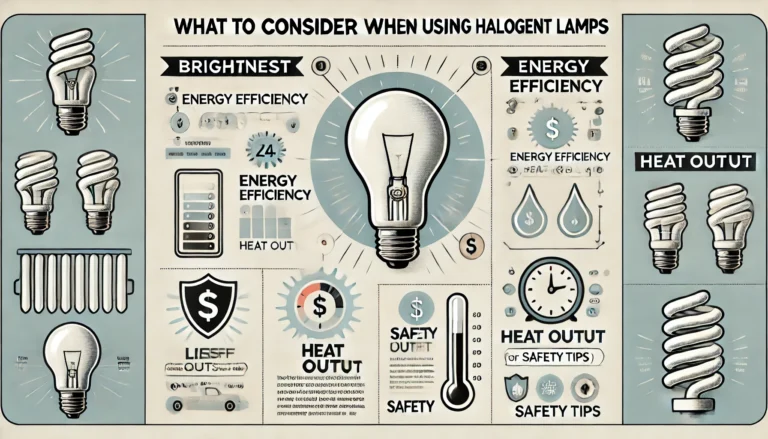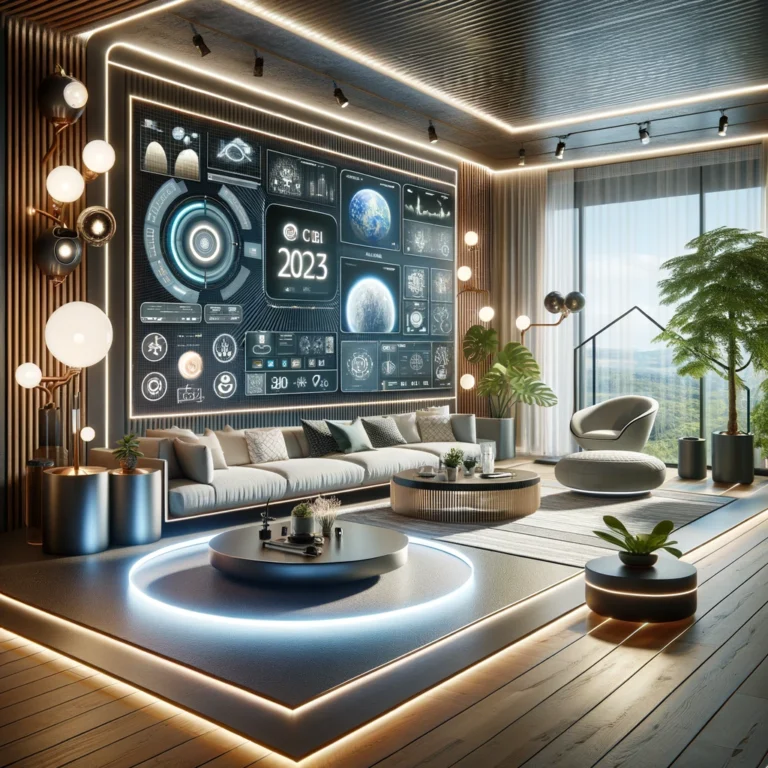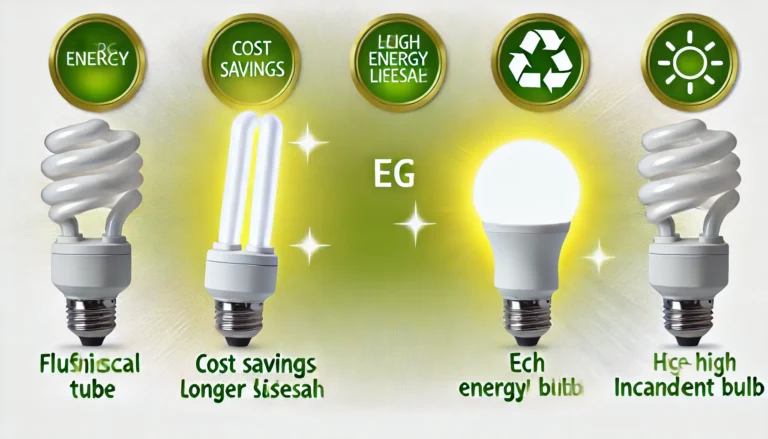Illuminate Your Space: The Ultimate Guide to Selecting the Perfect Electric Light Fittings
In the realm of interior design, lighting does more than just illuminate spaces; it sets the mood, defines ambiance, and can even influence our emotions and productivity. Choosing the right electric light fittings is an art form that balances aesthetics, functionality, and energy efficiency. This comprehensive guide is tailored for English writers looking to brighten their spaces with the perfect lighting solutions.
Understanding the Basics of Electric Light Fittings
Electric light fittings, also known as light fixtures, are devices used to house and support light bulbs or lamps. They connect to the electrical system to provide illumination. From sleek and modern designs to classic and ornate styles, light fittings come in an array of shapes, sizes, and functionalities, including ceiling lights, wall lights, table lamps, and floor lamps.
The Importance of Lighting in Interior Design
Lighting plays a pivotal role in interior design. It can accentuate architectural features, highlight decor, and create depth and texture within a space. Proper lighting can make small rooms feel spacious and warm, while inadequate lighting can diminish the beauty of even the most well-designed spaces.
Types of Lighting
- Ambient Lighting: This is the primary source of light in a room, providing overall illumination. Examples include ceiling-mounted fixtures and recessed lighting.
- Task Lighting: Designed for specific activities like reading or cooking, task lighting includes desk lamps, under-cabinet lighting, and pendant lights over kitchen islands.
- Accent Lighting: Used to highlight architectural features or artwork, accent lighting includes track lighting, wall-mounted fixtures, and spotlights.
Choosing the Right Light Fittings
When selecting light fittings, consider the following factors:
- Purpose: Determine if you need ambient, task, or accent lighting. This will guide your choice of fixtures.
- Style: Ensure the light fittings complement the room’s decor. There’s a vast selection, from industrial and contemporary to rustic and vintage.
- Size and Scale: The light fitting should be proportional to the space. A large chandelier can overwhelm a small room, while tiny pendants can get lost in a vast space.
- Light Quality: Consider the color temperature and brightness of the bulbs. Warm light creates a cozy atmosphere, while cool light is ideal for workspaces.
- Energy Efficiency: Opt for fittings compatible with LED bulbs or integrated LED fixtures to save on energy bills and reduce environmental impact.
Installation Considerations
Proper installation is crucial for safety and functionality. Always consult with a professional electrician, especially for complex installations like recessed lighting or when dealing with old wiring.
Maintenance and Upkeep
Regular cleaning and timely bulb replacement ensure your light fittings continue to function efficiently and safely. Dust and dirt can diminish light output, and outdated bulbs can be a fire hazard.
Innovative Trends in Lighting
The world of electric light fittings is ever-evolving, with trends like smart lighting systems that offer control over brightness, color, and scheduling, all from a smartphone or voice-controlled device.
Conclusion
Choosing the right electric light fittings can transform a space from mundane to magnificent. It requires a blend of technical knowledge, aesthetic sensibility, and an understanding of the latest trends in lighting technology. By following this guide, you’re well on your way to illuminating your spaces in style and efficiency.






